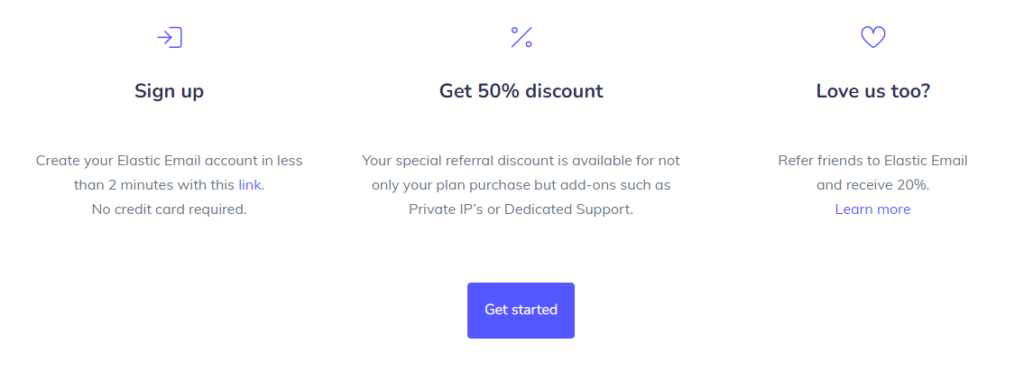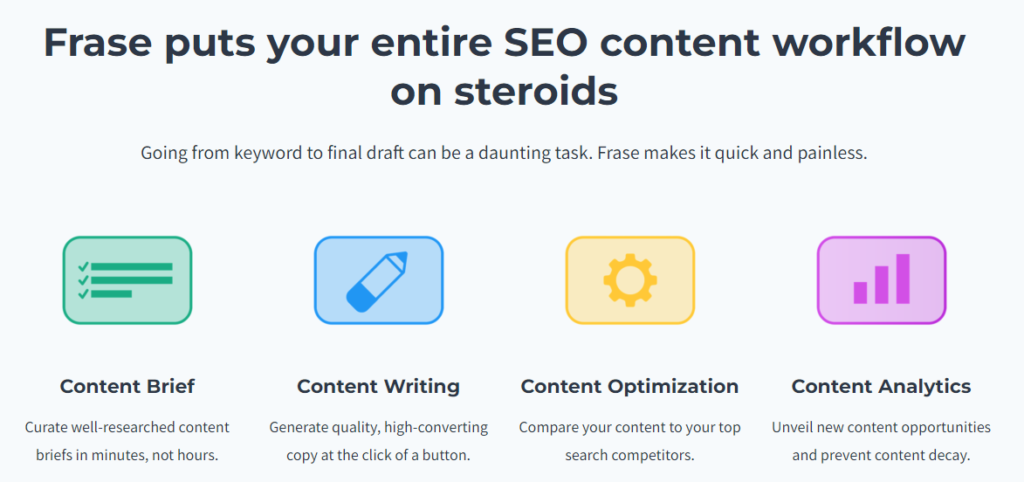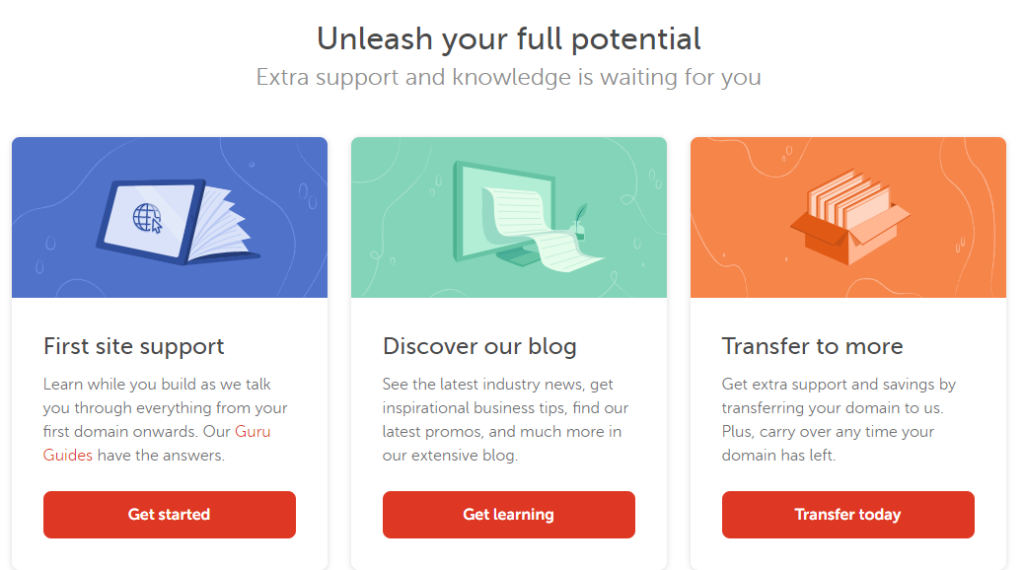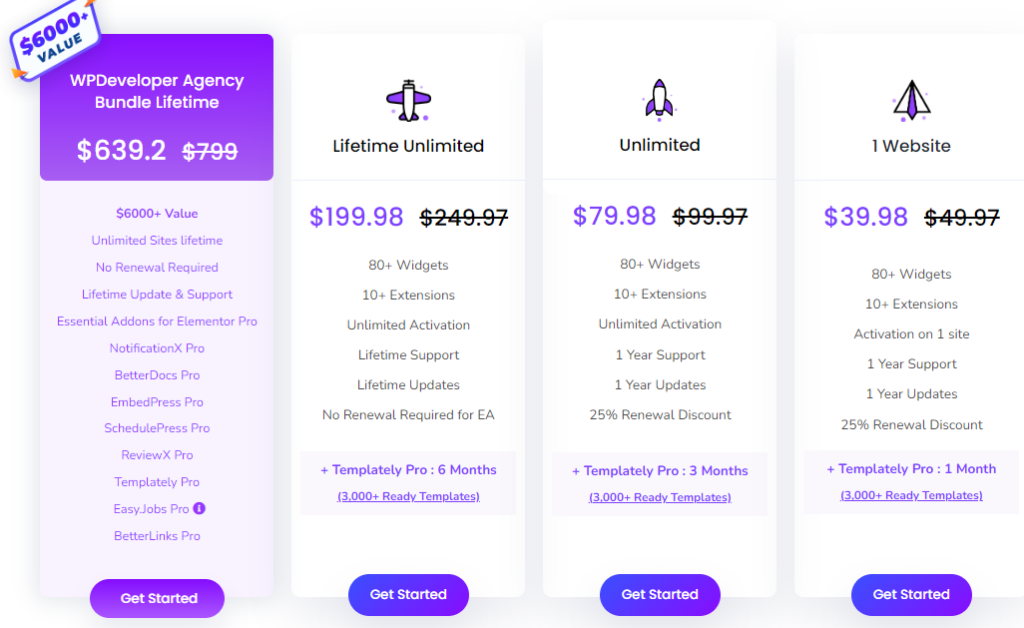How to Write a Business Plan: A Beginner’s Guide
Starting a business can be a thrilling experience, but it can also be extremely difficult. To develop a successful business, you need more than simply a brilliant idea; you also need a plan. A business plan is a road map that details your objectives, plans, and methods for success.
It’s a living document that changes along with your company and guides you through the ups and downs of entrepreneurship. A well-written business plan can help you acquire money, attract clients, and stay on track with your objectives.
In this article, we’ll provide you with a beginner’s guide on how to write a business plan. We’ll cover all the key sections that should be included in a business plan, including the executive summary, company description, market analysis, marketing and sales strategies, operations, and financial plan.
We’ll also provide you with tips and best practices for creating a compelling and effective business plan. Whether you’re just starting out or looking to take your business to the next level, this article will give you the tools you need to succeed.

So, let’s get started!
1. Understand Your Business
Before you start writing your business plan, it’s important to have a clear understanding of your business. This section will cover the following steps:
Define Your Business
The first step in creating a business plan is to define your business. What do you do, and what problem are you solving? What products or services do you offer, and how are they unique? It’s important to have a clear and concise description of your business that can be easily understood by others.
Conduct Market Research
Once you’ve defined your business, the next step is to conduct market research. This involves gathering information about your industry, your competitors, and your target market. You should analyze trends and identify potential opportunities and threats. By understanding the market, you’ll be better equipped to make informed decisions about your business.
Drag & Drop Sales Funnel Builder for WordPress

Analyze Competition
In addition to market research, it’s important to analyze your competition. Who are your direct and indirect competitors? What are their strengths and weaknesses? How do they differentiate themselves from your business? By understanding your competition, you can develop strategies to differentiate yourself and stand out in the market.
Identify Target Audience
Finally, you need to identify your target audience. Who are your ideal customers? What are their demographics, psychographics, and behaviors? By understanding your target audience, you can develop marketing and sales strategies that resonate with them and drive revenue for your business.
By following these steps, you’ll have a solid foundation for creating a business plan that is tailored to your specific business and market. In the next section, we’ll cover the executive summary.

3. Executive Summary
The executive summary is a brief but important section of your business plan. It should provide an overview of your business and the key points and highlights of your plan. This section should be concise and engaging, and it should grab the reader’s attention.
Overview of Business Plan
The first part of the executive summary should provide an overview of your business plan. What is your business, and what problem are you solving? What products or services do you offer, and how are they unique? This section should be brief but should provide enough information to give the reader a clear understanding of your business.
Key Points and Highlights
The second part of the executive summary should highlight the key points of your business plan. What are the most important aspects of your plan? What are your goals and strategies for achieving success? This section should provide a high-level overview of your plan and should be compelling and engaging.
Help us build the future of email!

Some key points that should be included in the executive summary are:
- Business description: Provide a brief description of your business and what sets it apart from competitors.
- Market analysis: Summarize your market research and the opportunities and threats in your industry.
- Marketing and sales strategies: Briefly describe your marketing and sales strategies and how you plan to attract customers.
- Operations: Explain how your business will operate and what resources you’ll need to be successful.
- Financial plan: Provide a high-level overview of your financial plan, including revenue projections, expenses, and funding needs.
By creating a concise and interesting executive summary, you will capture the reader’s attention and establish the tone for the rest of your business plan.
3. Company Description
The company description is where you provide detailed information about your business. This section should cover the following:
History of the Company
Start with a brief history of your company, including when it was founded and by whom. You should also discuss any major milestones or accomplishments the company has achieved, such as awards or notable clients.

Mission Statement
Your mission statement should summarize your company’s purpose and values. This statement should be concise and memorable, and it should align with the overall goals and strategies of your business plan.
Products and Services Offered
This section should provide a detailed description of the products or services that your business offers. Explain how they are unique and how they solve the needs of your target audience. If you have a product roadmap or service pipeline, this is a good place to include it.
Legal Structure and Ownership
In this area, you should describe your company’s legal structure, such as whether it is a sole proprietorship, partnership, LLC, or corporation. You should also provide information on ownership, such as who founded the company and who owns what percentage of it.
You’ll provide the reader a clear sense of what your firm performs and how it’s structured if you include a full company description. The market analysis will be covered in the next section.

4. Products/Services
In this section, you’ll provide detailed information about the products or services that your business offers. This section should cover the following:
Description of Products/Services
Provide a detailed description of your products or services. Explain what makes them unique and how they solve the needs of your target audience. If you offer multiple products or services, break them down into categories and provide a description for each.
Unique Selling Proposition (USP)
Your unique selling proposition is what sets your products or services apart from your competitors. Explain what makes your offerings unique and why customers should choose your business over others. This could be a feature, quality, or benefit that no other competitor offers.
Email Marketing Automation dedicated to WordPress, and you!
Pricing Policy
Your price plan should be in line with your unique selling point and target demographic. Determine what pricing point will ensure profitability while keeping your items or services competitive in the market. Include any pricing tiers or promotions you intend to offer here.
Channels of Sales and Distribution
Describe how you plan to sell and distribute your products or services to your target market. Physical storefronts, e-commerce, third-party retailers, or a combination of channels could be included. Discuss the advantages and disadvantages of each channel, as well as why you chose your particular strategy.
If you include detailed information on your products or services, you will provide the reader a clear feeling of what you offer and why it is unique. The following section will go over the market analysis.

5. Market Analysis
The market study segment examines the industry and target market for your products or services in depth. This section should include the following topics:
Analysis of the Industry
Provide a detailed analysis of the industry in which your company operates. Discuss market size, trends, and future growth, as well as any regulatory factors that may affect your company. Support your analysis with industry papers, articles, and research.
Characteristics of the Target Market
Define your target market and describe your ideal customer in depth. Demographics, psychographics, behavior, and needs may all be included. Understanding your target market allows you to adjust your marketing and sales techniques to their individual requirements.
SWOT Analysis
Perform a SWOT analysis to assess the strengths, weaknesses, opportunities, and threats facing your business. This analysis will help you identify areas where you can improve and potential risks to your business.

Competitive Analysis
Provide a synopsis of your competitors’ strengths and weaknesses, market share, and key differentiators. Examine how your firm compares to the competition and what distinguishes you in the market. This data should be used to guide your marketing and sales strategies.
By providing a comprehensive market analysis, you will demonstrate a full understanding of your business and target market. The following section will go through the marketing and sales strategy.
6. Marketing and Sales
The section on marketing and sales discusses your methods for reaching and selling to your target audience. This section should include the following topics:
Marketing Techniques
Describe your marketing strategies, including the channels and approaches you intend to employ to reach your target demographic. Social media, email marketing, content marketing, events, and other methods may be included. Explain how each technique will assist you in reaching your target audience and meeting your marketing objectives.

Sales Techniques
Outline your sales approaches, such as your sales process, closing skills, and customer relationship management. Describe how you will discover and prioritize leads, as well as the tools or processes you will use to manage your sales funnel.
Advertising and Promotion
Describe your marketing and advertising strategy, including any sponsored advertising, influencer marketing, or public relations. Describe how these techniques will help you increase brand awareness and customer acquisition.
Customer Retention and Acquisition
Outline your efforts to acquire and retain customers, including customer service, loyalty programs, and referral programs. Explain how you propose to measure client satisfaction and loyalty, as well as the procedures you intend to take to resolve any issues that arise.
By establishing your marketing and sales methods, you’ll display a solid understanding of how you’ll reach and sell to your target audience. The next section will go over the operational plan.
7. Operations
The operations section discusses how your company will function on a daily basis. This section should include the following topics:
Process of Production and Delivery
Describe your manufacturing process, including the materials and resources required, as well as how you intend to deliver your products or services to clients. Outline any anticipated production or delivery issues and how you intend to address them.
Vendors and Suppliers
List your major suppliers and vendors and explain how they will help your firm. Discuss your ties with suppliers and vendors, as well as any existing agreements or contracts.
Equipment and Technology
Describe the technology and equipment required to run your business, including any software, hardware, or specialist tools. Describe how you intend to buy and maintain this equipment, as well as how it will be integrated into your operations.

Human Resources
Outline your human resource needs, including the number and type of employees you’ll require, as well as any training or development programs you’ll provide. Describe your hiring process and how you intend to attract and retain top talent.
Outlining your operational plan will indicate that you are familiar with the resources and processes needed to manage your firm. The following section will go over the financial plan.
8. Financial Plan
The financial plan details your company’s financial projections and capital needs. This section should include the following topics:
Revenue Estimates
Estimate your revenue over the next three to five years, taking into account sales volume, pricing, and revenue streams. Include any seasonal or cyclical tendencies that may affect your sales.

Budget Estimates
Budget your spending for the next three to five years, taking into account both fixed and variable costs such as rent, utilities, employees, and materials. Consider any capital expenditures or investments required to expand your firm.
Breakeven Analysis
Determine your breakeven point, or the level of sales at which your company can cover its costs. This analysis can help you determine how much income you need to be successful, as well as impact your pricing strategy.
Funding Requirements
Estimate your financial requirements, including any startup expenditures, working capital requirements, and investment requirements. Identify potential financial sources, such as loans, grants, or equity investment, and explain how you plan to use the funds.
By offering exact financial forecasts and funding requirements, you can demonstrate to potential investors or lenders that you have a sound financial strategy for your organization. The following section will go over the conclusion.
Join over 10,000 creators just like you

Conclusion
Finally, for any entrepreneur or business owner, creating a business strategy is a must. It acts as a road map for your business, supporting you in recognizing opportunities and challenges, creating goals and objectives, and devising a strategy to attain them.
This article has covered understanding your business, conducting market research, producing an executive summary, explaining your organization, products/services, market analysis, marketing and sales, operations, and financial strategy.
Following these steps and creating a well-thought-out business plan can increase your chances of success and prepare you to handle the obstacles that come with entrepreneurship.
Keep in mind that a business plan is a living document that must be revisited and adjusted on a regular basis to reflect changes in your company and the market.

FAQs
What is the purpose of a business plan?
A business plan’s purpose is to outline your company’s goals, strategies, and plans for accomplishing them. It serves as a road map for your company, assisting you in identifying future challenges and possibilities. A business plan can also be used to seek money, attract investors, and analyze the performance of your company.
How long should a business plan be?
The length of a business plan is determined by the complexity and size of your company. A business plan should be between 20 and 50 pages in length, but it can be shorter or longer depending on the demands of the business.
What should be included in a financial plan?
Revenue predictions, spending projections, a breakeven analysis, funding requirements, and cash flow projections should all be included in a financial plan. It should also include information on how you intend to fund your company, such as through loans, investments, or grants.
How often should a business plan be updated?
A business plan should be updated on a regular basis to reflect changes in your company and market. Your business plan should be reviewed and updated at least once a year, or anytime substantial changes occur in your company, such as a change in ownership or a major shift in your industry.
Can I use a business plan to secure funding?
Yes, a well-written business plan can help you obtain money from investors, banks, and other financial organizations. A complete financial strategy, including revenue estimates, spending projections, funding requirements, and a breakeven analysis, should be included in your company plan. It should also clearly define your company’s objectives, strategies, and plans for accomplishing them, as well as potential risks and opportunities.









